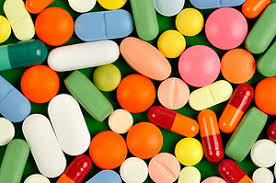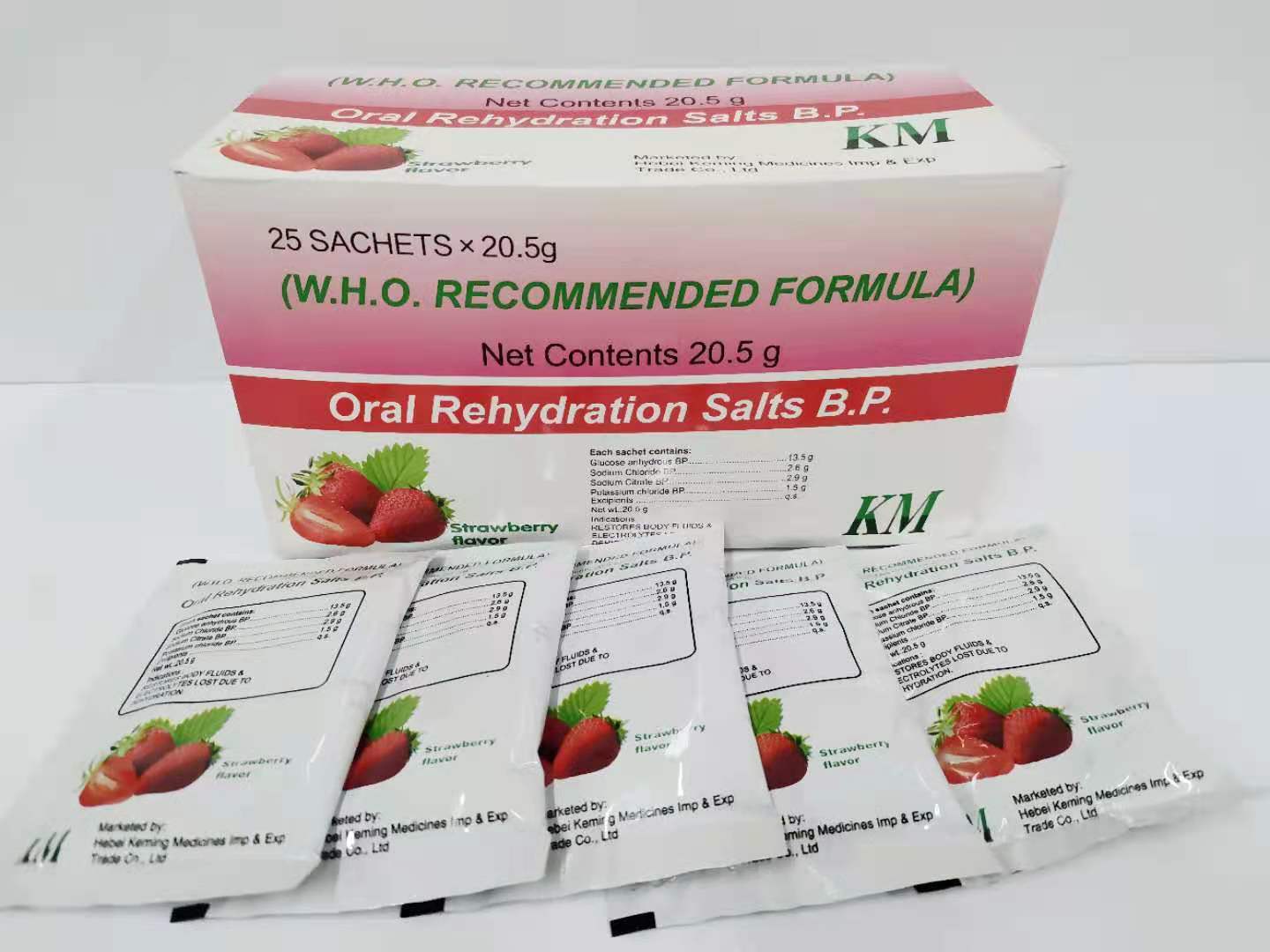-

What time of day should I take multivitamins and supplements?
The need for multivitamins and other nutritional supplements for the general population is a matter of controversy. Supplements are still recommended for certain groups of people with certain medical conditions, such as pregnant women who should take folic acid to reduce the risk of neural tube d...Read more -

Penicillin G: Uses, Side Effects, Dosage, Precautions
Penicillin G (Penicillin G Potassium) is an antibiotic used to treat bacterial infections. It is used to treat pneumonia, strep throat, staph infections, diphtheria, meningitis, gonorrhea, and syphilis. It can be used before dental procedures to prevent infection of the heart valves in pe...Read more -

Tinidazole Oral: Uses, Side Effects, Interactions, Images, Warnings and Dosage
Tinidazole is an antibiotic used to treat certain types of vaginal infections (bacterial vaginosis, trichomoniasis). It is also used to treat certain types of parasitic infections (giardiasis, amoebiasis). It works by stopping the growth of certain bacteria and parasites. This antibiotic only tre...Read more -

Azithromycin: Uses, Dosage, Side Effects and Warnings
Azithromycin (Zithromax) is an antibiotic that can help treat certain bacterial infections. It is generally safe to use while breastfeeding, but people with heart disease should avoid this drug. Azithromycin is an antibiotic of the macrolide group. Azithromycin was first approved ...Read more -

Augmentin: side effects, dosage, use, cost and more
Augmentin is a branded prescription antibiotic. It is used to treat infections caused by bacteria. Augmentin belongs to the penicillin class of antibiotics. Augmentin contains two drugs: amoxicillin and clavulanic acid. This combination allows Augmentin to fight more types of bacteria than antib...Read more -

The role of ORS in the treatment of heat stroke and monsoon-induced dehydration
Dehydration is a condition in which the body loses more fluid than it absorbs, resulting in a lack of water for normal bodily functions. This serious disease caused by heat and humidity is especially dangerous during heatstroke and the rainy season, when the body loses water faster. An ef...Read more -

Clarithromycin Oral: Uses, Side Effects, Interactions, Images, Warnings and Dosage
Clarithromycin is used to treat various bacterial infections. This medicine may also be used with anti-ulcer drugs to treat certain types of stomach ulcers. It is also used to prevent certain bacterial infections. Clarithromycin is known as a macrolide antibiotic. It works by stopping the growth...Read more -
Levofloxacin Oral: Uses, Side Effects, Interactions, Images, Warnings and Dosage
Quinolones (including levofloxacin) can cause severe and possibly permanent tendon damage (eg, tendinitis, tendon rupture), nerve problems in the hands and feet (peripheral neuropathy), and problems with the nervous system. Seek immediate medical attention if you experience any of the following s...Read more -

Oral Rehydration Solution Uses, Benefits, Precautions and Composition
Dehydration occurs when the body loses more fluid than it takes in. This can happen for a number of reasons, including excessive diarrhea or vomiting. Dehydration can be dangerous if left untreated. This is because your body relies on water for essential functions. Oral rehydrat...Read more -

Dexamethasone: Side Effects, Dosage, Uses and More
Low doses of dexamethasone increase the chances of survival in COVID-19 patients who require respiratory support, the University of Oxford’s RECOVERY clinical trial has shown. In the study, the drug reduced mortality by a third for people on ventilators and by a fifth for those o...Read more -

Antibiotics for a tooth infection: when will the pain go away?
A toothache may go away after a few days of starting antibiotics. Pain relief is just one reason your healthcare provider may prescribe antibiotics to treat a tooth infection, which occurs when bacteria cause an abscess (pustule), usually in the soft living tissue inside the tooth (called dent...Read more -

Acetaminophen vs Ibuprofen: Uses, Side Effects and Safety
This article provides an overview of how each drug works and compares their effects, maximum doses, safety information, and when to choose one. Ibuprofen was developed in 1961 by a British pharmacologist and researcher. It belongs to a class of drugs called non-steroidal anti-inflammatory dr...Read more -

Antibiotics for a tooth infection: when will the pain go away?
A toothache may go away after a few days of starting antibiotics. Pain relief is just one reason your healthcare provider may prescribe antibiotics to treat a tooth infection, which occurs when bacteria cause an abscess (pustule) usually found in the soft living tissue inside the tooth (called ...Read more -
What Amoxicillin Shortage Means for Parents and Children
Amoxicillin, an antibiotic commonly used to treat bacterial infections in children, is in short supply. According to the American Society of Health System Pharmacists’ database of drug shortages, at least three-fifths of the major manufacturers of amoxicillin reported shortages. Amoxicillin...Read more -
Why can’t artemisinin kill babesia like plasmodium can? Parasites and vectors
Babesia is an intra-erythrocyte apicomplex that digests and uses erythrocytes in the same way as intra-erythrocyte plasmodia, but unlike the latter, is insensitive to artemisinin. A comparison of the genomes of Babesia and Plasmodium showed that the Babesia genome is smaller than that of Plasmodi...Read more -

Amoxicillin: What’s the Safe Dosage for Kids?
Introduction If your child has a bacterial infection, their doctor may prescribe amoxicillin. This drug is a prescription antibiotic that’s used to treat a range of infections caused by bacteria. We’ll cover dosage for amoxicillin in children and discuss the importance of following the dosage ins...Read more -

10 Surprising Health Benefits of B Vitamins
Vitamin B makes it possible for your body to use energy. But what’s confusing is that there isn’t just one type of vitamin B, but a group of eight. Adequate levels of all of these dietary micronutrients are essential for the body to operate at its best, according to a study published in the journ...Read more -

Pharmacological Actions of Salbutamol Syrup: A Comprehensive Overview
Salbutamol syrup, a widely used medication, possesses various pharmacological actions that make it an invaluable treatment option for respiratory conditions. This article provides a comprehensive overview of the pharmacological effects of salbutamol syrup. Salbutamol, also known as albuterol, is ...Read more -

Different Uses of Calamine Lotion
Calamine lotion is an over-the-counter medication that treats several skin conditions like bug bites, poison ivy, and heat rash. The primary ingredients of calamine lotion are zinc oxide and ferric oxide. It is the ferric oxide that gives the lotion its characteristic pink color. Avoid using cala...Read more -
Chemoprophylaxis of seasonal malaria in children sulfadoxine-pyrimethamine plus amodiaquine: a practical guide
Seasonal malaria chemoprophylaxis (SMC) is the intermittent administration of therapeutic doses of antimalarial drugs to children at high risk of severe malaria living in areas with seasonal transmission, whether or not they are infected with malaria. In 2012, the World Health Organization recomm...Read more -
The pharmacological action of paracetamol
Paracetamol exerts its pharmacological effects primarily through its action as an analgesic (pain reliever) and antipyretic (fever reducer). It is believed to work by inhibiting the synthesis of prostaglandins, which are chemical messengers involved in the transmission of pain signals and the reg...Read more -

Zinc: A Life Saving Commodity
Zinc is crucial for body growth, brain development, and helps fight dangerous infections, especially in children. However, the reality is that millions around the world lack sufficient zinc in their diets in order to live healthy lives. This graphic, sponsored by Teck, shows how zinc supplementat...Read more -

Latest Research Highlights the Importance of Calcium and Vitamin D3 Tablets for Bone Health
In a recent study, researchers have revealed the crucial role of calcium and vitamin D3 tablets in maintaining bone health. The findings of this study have significant implications for individuals and healthcare professionals worldwide concerned about skeletal health. According to the researchers...Read more -
The pharmacological action of Lidocaine
The pharmacological action of Lidocaine can be summarized as follows: Lidocaine is a local anesthetic that blocks the initiation and conduction of nerve impulses by decreasing membrane permeability to sodium ions, thus inhibiting depolarization and blocking the conduction of nerve impulses. This ...Read more






















